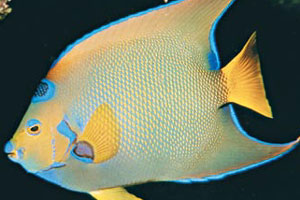Biodiversity, also called biological diversity, is all the variety, variability and amount of living beings (animals, plants and microorganisms) that inhabit Earth and their interaction.
There are three types of biodiversity:
– Ecosystem biodiversity: it is the variety of communities of organisms that exist in different regions (forests, deserts, rivers, lakes, seas, among others.).
– Species biodiversity: it refers to the number of living species that inhabit an ecosystem, the relationship they have amongst themselves and the way they compete to feed, their adaptation, coexistence, and reproduction. All of the living species are grouped into five great kingdoms: bacteria, protists, fungi, animals and vegetables.
– Genetic biodiversity: it is the variability of genetic information (size, shape, abilities and adaptations) between individuals of a same species. Recently, a serious problem has presented itself that has to do with the loss of biodiversity, which counts among its main causes the (unsustainable) acceleration of population growth, the excessive consumption of natural resources and deforestation.








